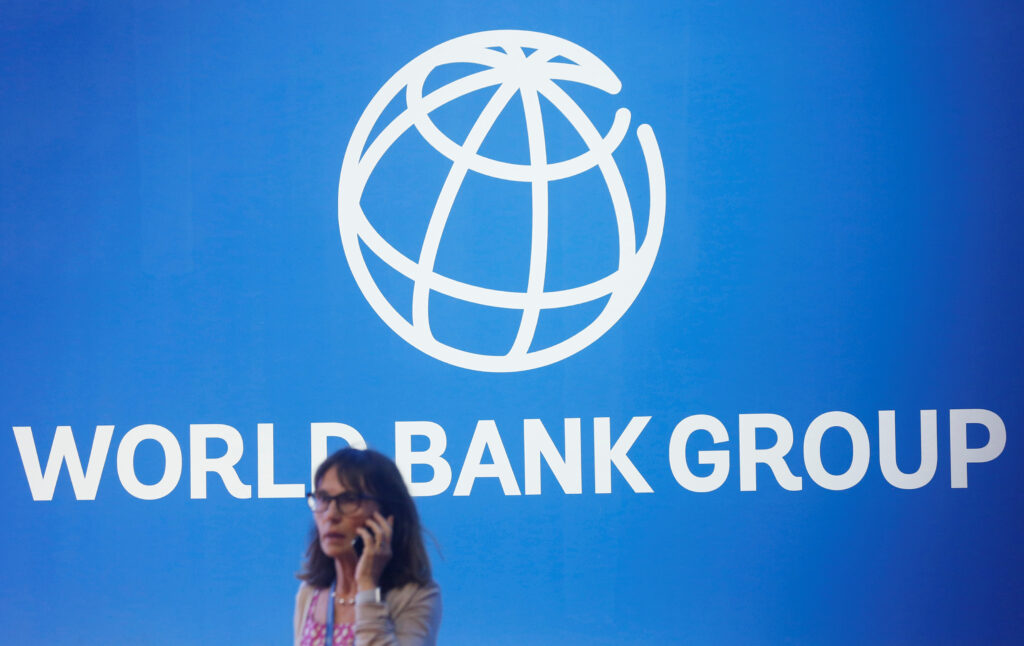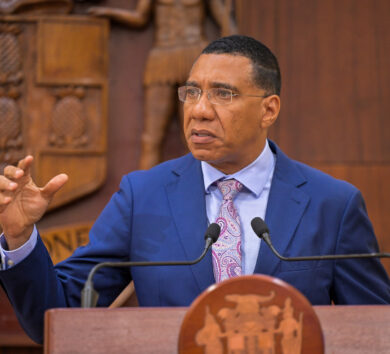

WASHINGTON (Reuters)—Foreign direct investment flows into developing economies dropped to $435 billion in 2023, the lowest since 2005, with just $336 billion flowing into advanced economies, the lowest since 1996, the World Bank reported on Monday.
It said growing investment and trade barriers, fragmentation and macroeconomic and geopolitical risks were depressing the outlook for FDI flows into developing countries, posing a threat to development efforts.
“The sharp drop in FDI to developing economies should sound alarm bells,” Ayhan Kose, the World Bank’s deputy chief economist, said in a statement released with the report. “Reversing this slowdown is not just an economic imperative—it’s essential for job creation, sustained growth, and achieving broader development goals.”
The report noted that global and national recessions were associated with a significant deterioration in FDI, with FDI starting to weaken before a recession hit. It said the decline in foreign investment had left “vast infrastructure gaps unmet” in developing countries, while eroding efforts to end global poverty and address urgent climate change needs.
Kose said bold domestic reforms were needed to improve the business climate and expand global cooperation, which could spur increased rates of cross-border investment.
The report, based on data from 2023, the latest available, said developing economies should ease restrictions that have built up in recent years, promote trade integration and encourage more people to participate in the formal economy.
It urged countries to work together to ensure FDI flows went to developing economies with the largest investment needs.
The bank released the report a week after downgrading its 2025 global economic forecast by four-tenths of a percentage point to 2.3%, warning that higher tariffs and heightened uncertainty posed a “significant headwind” for nearly all economies.
World Bank Chief Economist Indermit Gill said in the statement that the dwindling FDI, a key driver of economic growth, is the direct result of public policy that has seen a proliferation of trade and investment restrictions.
“In recent years, governments have been busy erecting barriers to investment and trade when they should be deliberately taking them down. They will have to ditch that bad habit,” he said.
FDI has averaged almost $2 trillion per year globally during the past decade, the bank said, adding that data suggested that a 10% increase in FDI inflows could boost GDP in an average developing economy by 0.3% after three years. The impact could be much larger—0.8%—in countries with stronger institutions, lower informality and greater trade openness.
As a share of their gross domestic product, FDI inflows to developing economies in 2023 were just 2.3%, about half the number during the peak year of 2008.
FDI flows to emerging markets and developing economies grew rapidly during the 2000s, peaking at nearly 5% of gross domestic product in the typical economy in 2008, but they have declined since then, the report said.
Trade growth also weakened significantly from 2020 to 2024, dropping to its slowest pace since 2000, while economic uncertainty spiked to the highest since the turn of the century, the bank said.
The three largest developing countries—China, India and Brazil—jointly received almost half of total FDI inflows during the 2012-2024 time period. Advanced economies accounted for nearly 90% of total FDI in developing economies over the past decade, with about half of that coming from the European Union and the United States, the bank said.







Comments